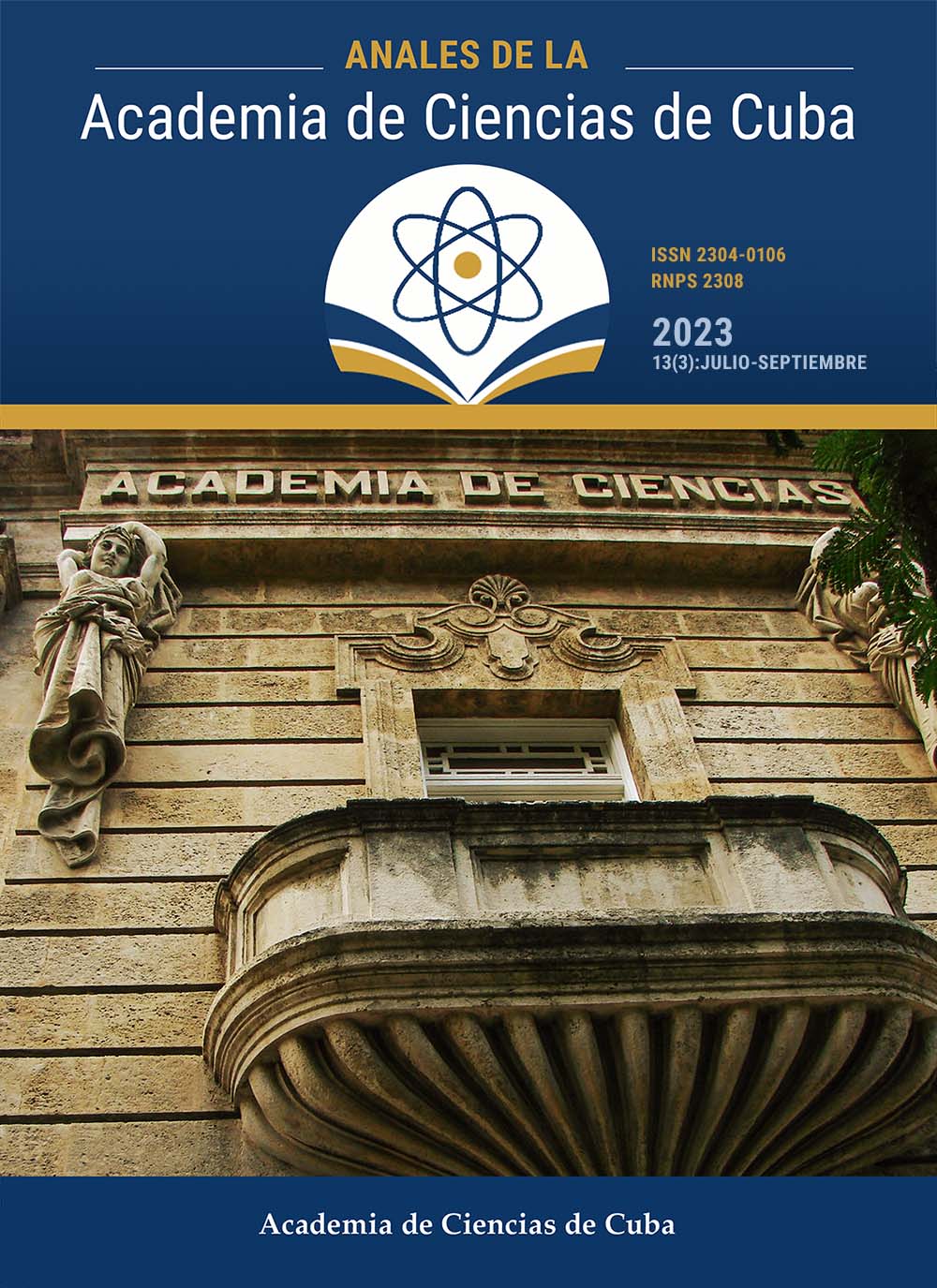Procedure to determine the innovative potential from a constructivist perspective
Keywords:
innovative potential, constructivist perspective, innovation process, feasibilityAbstract
Introduction: The article exposes a procedure to determine the innovative potential in organizations, from a constructivist perspective, which facilitates the identification of human, technological and structural conditions for the development of innovations.
Methods: They were applied theoretical methods such as analysis-synthesis and structural-functional systemic, in addition to empirical methods such as observation, interviews and documentary analysis. It was applied the designed procedure in the Faculty of Physical Culture of the University of Granma. They were compared the scientific and technological results identified with those available to generalize and with an impact on the sport. In addition, they were verified other participating variables using the Spearman coefficient.
Results: The designed procedure considers the perception of the members of the organization based on a creative organizational environment, based on innovation and the application in an organization revealed its feasibility. Conclusions: the application of the procedure favored the innovation process, showing a high correlation between the impact of the results obtained and the determined innovative potential.
Downloads
Published
How to Cite
Issue
Section
License
The journal Anales de la Academia de Ciencias de Cuba protects copyright, and operates with a Creative Commons License 4.0 (Creative Commons Attribution-NonCommercial License 4.0). By publishing in it, authors allow themselves to copy, reproduce, distribute, publicly communicate their work and generate derivative works, as long as the original author is cited and acknowledged. They do not allow, however, the use of the original work for commercial or lucrative purposes.
The authors authorize the publication of their writings, retaining the authorship rights, and assigning and transferring to the magazine all the rights protected by the intellectual property laws that govern in Cuba, which imply editing to disseminate the work.
Authors may establish additional agreements for the non-exclusive distribution of the version of the work published in the journal (for example, placing it in an institutional repository or publishing it in a book), with recognition of having been first published in this journal.
To learn more, see https://creativecommons.org






